Learning how to thrive in a digital world
11 Apr. 2025
Technology is an increasingly integral part of everyday life, influencing nearly every aspect of how we live, work, and communicate. From our social interactions and ways of working, to the way we watch TV and shop for groceries, digital tools have transformed many traditional experiences.
Learning to navigate that world involves a series of ever-changing skills founded on the fundamental building blocks of digital literacy. For some, mastering those skills is a walk in the virtual park, for others it’s a huge leap into cyber-space. For all, enhancing digital literacy can open up a whole new world of options.
Here’s the chance to start, with our four-point guide to digital literacy.
What is digital literacy?
Digital literacy is the ability to find, evaluate, manage, share, and create information in digital forms. It expands beyond being able to use technology – it encompasses the knowledge and skills that enable people to be safe, secure, and empowered online. Being able to use digital tools and platforms is important but so too are the critical thinking and problem-solving skills to use them effectively and responsibly.
Why is digital literacy important?
Becoming digitally literate enables people to interact, learn, and work more quickly and competently in our modern-day world. Digital participation is crucial for life in the UK and yet an estimated 16.8 million people have very low or low digital capability and 1.6 million are completely offline..
From a personal perspective, digital literacy enables people to access information and opportunities, including the 41.5 million of us that used the internet to shop around for cheaper deals last year. Technology helps us communicate more widely, reduces social isolation and allows us to tap into a wide range of resources, from online health advice to restaurant reviews. Staying safe and protecting personal data in this online world is an important part of digital literacy. Research indicates that 6 million people couldn’t recognise what content online may not be trustworthy, while 30% of adults feel they need to boost their online safety. .
Technology plays a similarly important role at work. Comparing people in similar roles, those with greater digital confidence are more likely to be earning more. Research by the World Economic Forum found that 60% of employers expect broadening digital access to transform their business by 2030, fuelling demand for technology-related and digital literacy skills.
In essence, digitally excluded people are less likely to be in well-paid jobs or in work, and they are more likely to have worse health outcomes and higher costs of living. Dialling down fear of the unknown and being positive about technology is an often overlooked part of digital literacy.
What skills make up digital literacy?
- Foundation skills: such as turning on a device, connecting to the internet, searching for a website and entering account information.
- Communicating: collaborating and sharing information by sending emails, creating documents, and posting messages on social media, for example.
- Handling information and content: finding, managing and storing digital information securely. This includes using search engines, organising digital files, and evaluating what content is trustworthy.
- Transacting: the skills to apply for services, trade, and manage online transactions – this could include making reservations, paying online, and using a banking website or App.
- Problem solving: finding solutions via digital tools, such as using online tutorials, internet searches, and chat functions on websites.
- Being safe and legal online: the confidence to set privacy settings and passwords, recognise suspicious links, and authenticate online accounts.
How do you improve digital literacy?
If you’d like to enhance your digital literacy skills, you’re not alone: 22.6 million people think their skills need further improvement. As technology evolves and more and more public services and workplaces adapt, that learning should become a continuous journey.
Ways to learn more include:
- Having a go! Practice makes perfect so get a feel for how different apps, websites and programmes work. Start looking up information, try a new fitness app, and a set up a video call with a friend. Remember, exercise caution when sharing personal information online. Always use strong, unique passwords, enable two-factor authentication where possible, and be wary of unsolicited messages or links.
- If you’re not sure or feel apprehensive about it, ask for help from family, friends and colleagues.
- Upskill with an online course or workshop. People can access a wealth of free tutorials, videos, audiobooks and more online. Lloyd’s bank offers free digital skills training through The Digital Helpline and The Open University offers a free eight-week Digital Skills course. Platforms like Coursera, Udemy, and Khan Academy offer courses on digital literacy, including internet safety, data management, and more.
- Be informed: take an interest in technology and digital trends. Read technology-related articles on news and tech websites (like Wired magazine); look up the best tech podcasts (like This Week in Tech); or follow a tech expert (like Bernard Marr).
- Join online communities: Participate in forums and online groups related to digital literacy to share knowledge and learn from others.
Learning to wisely use digital tools and platforms can help people achieve their personal and professional goals, have fun, and futureproof their way through life.

 Contact Us
Contact Us
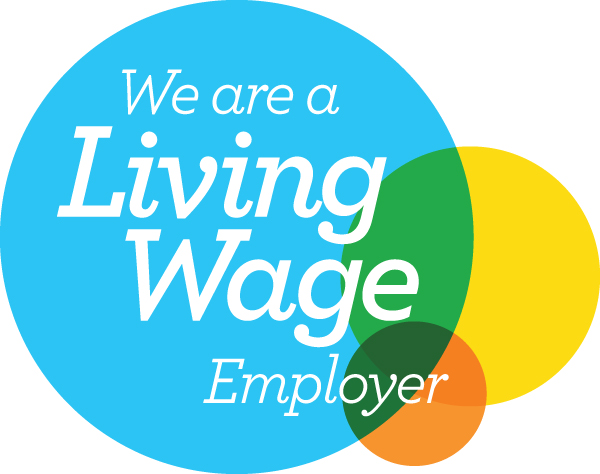
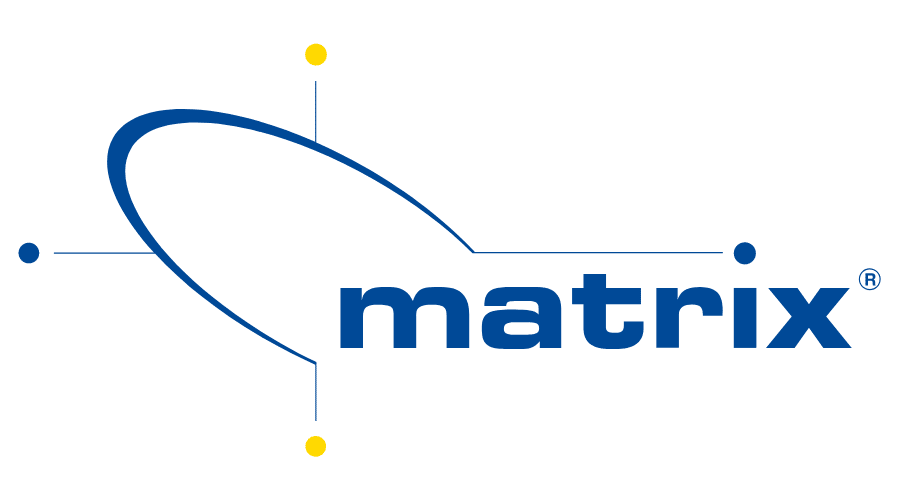
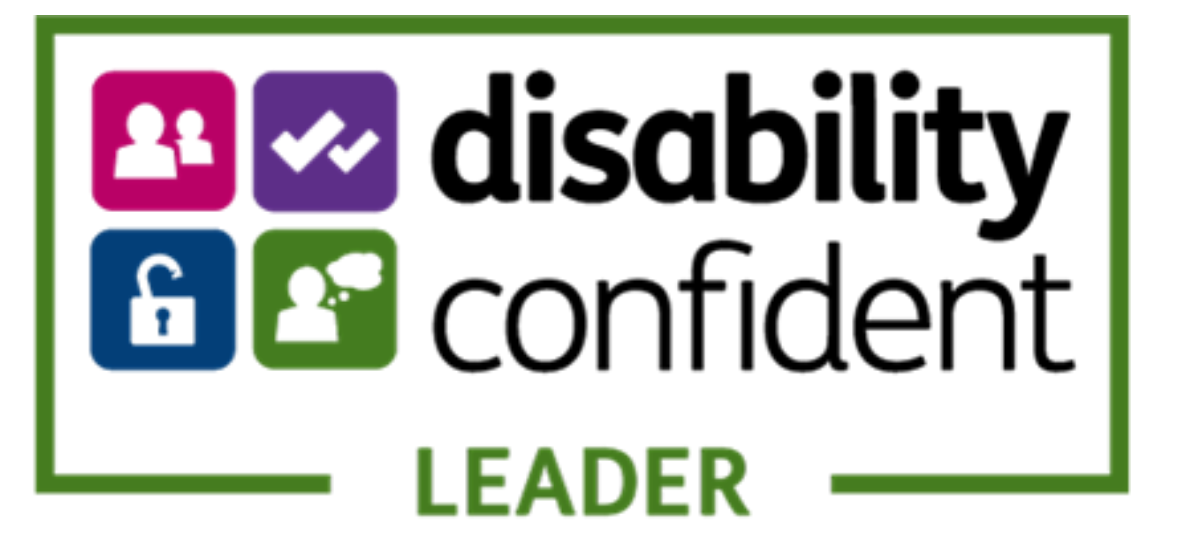
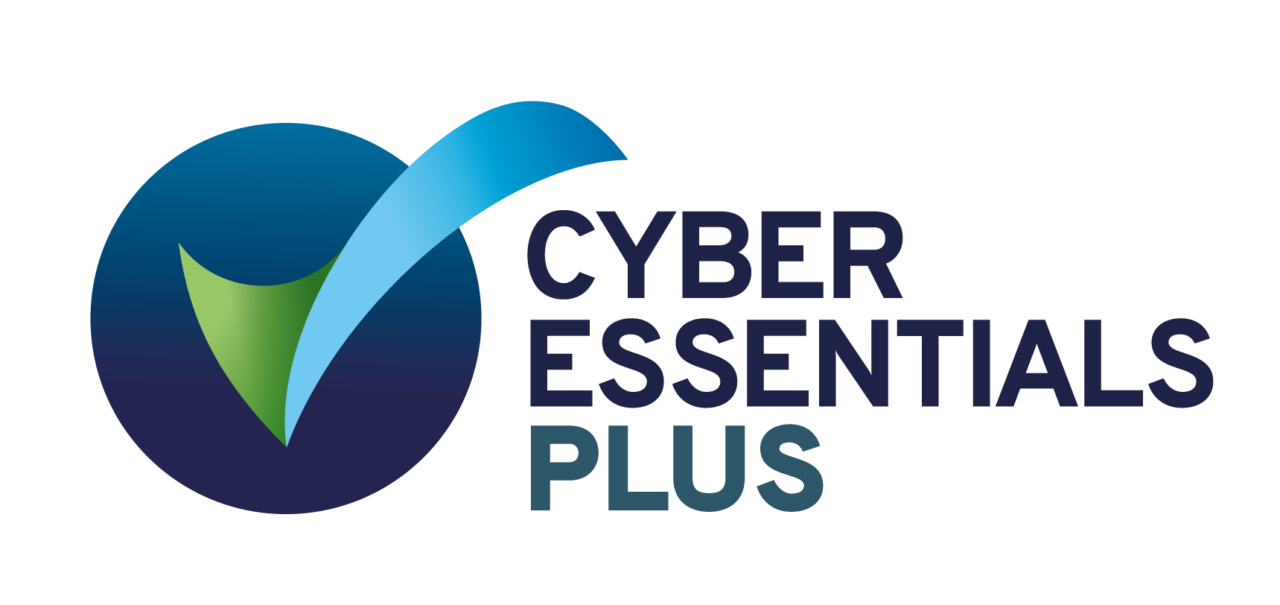
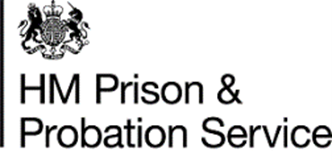
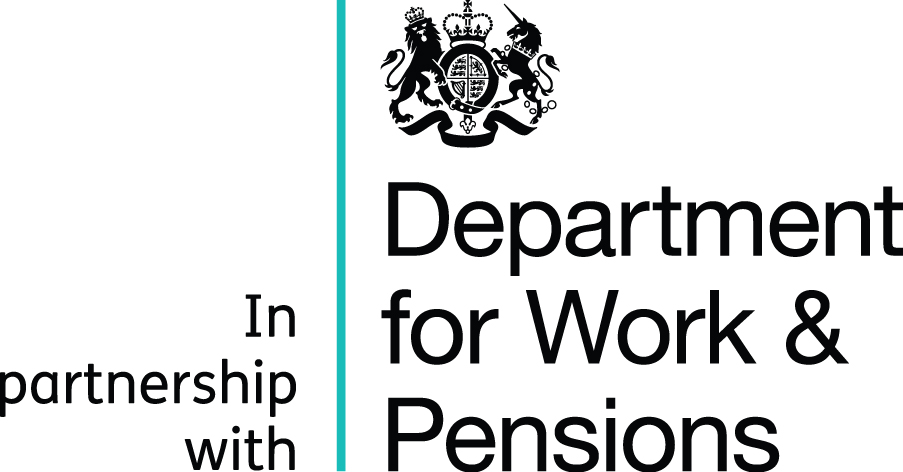

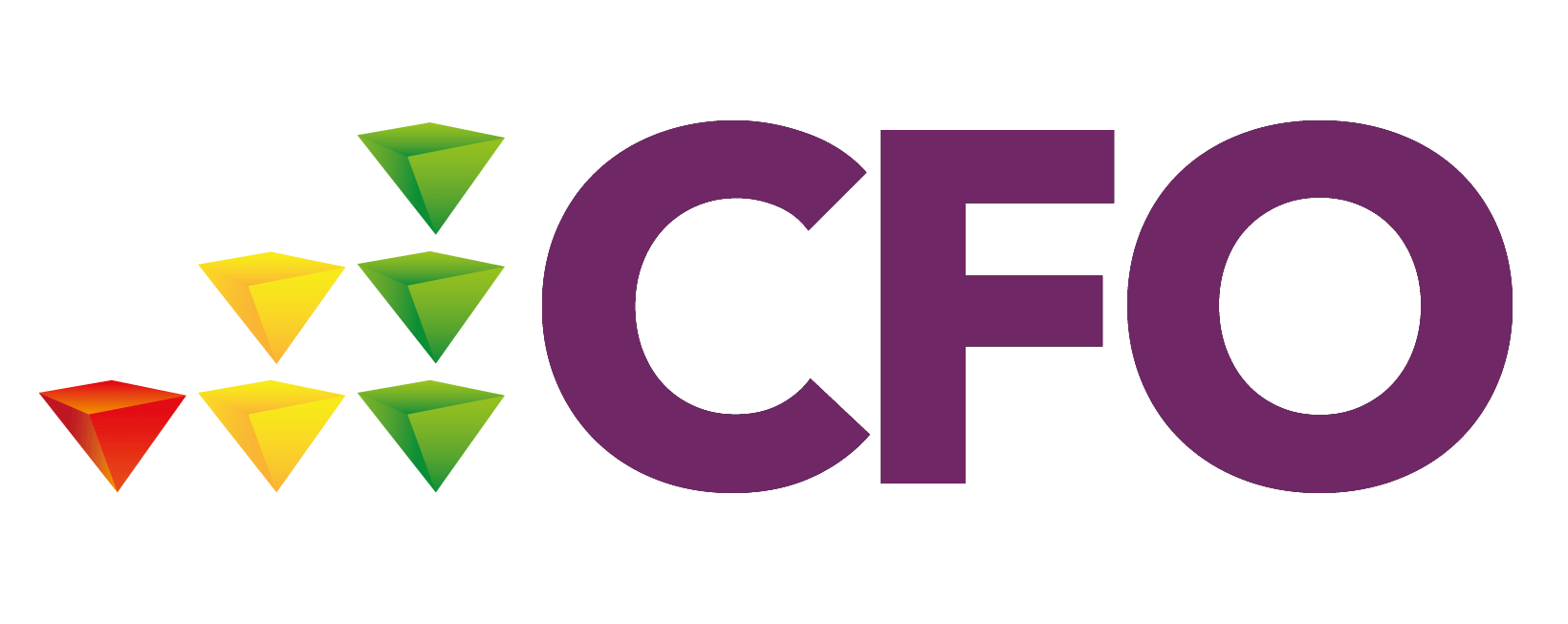
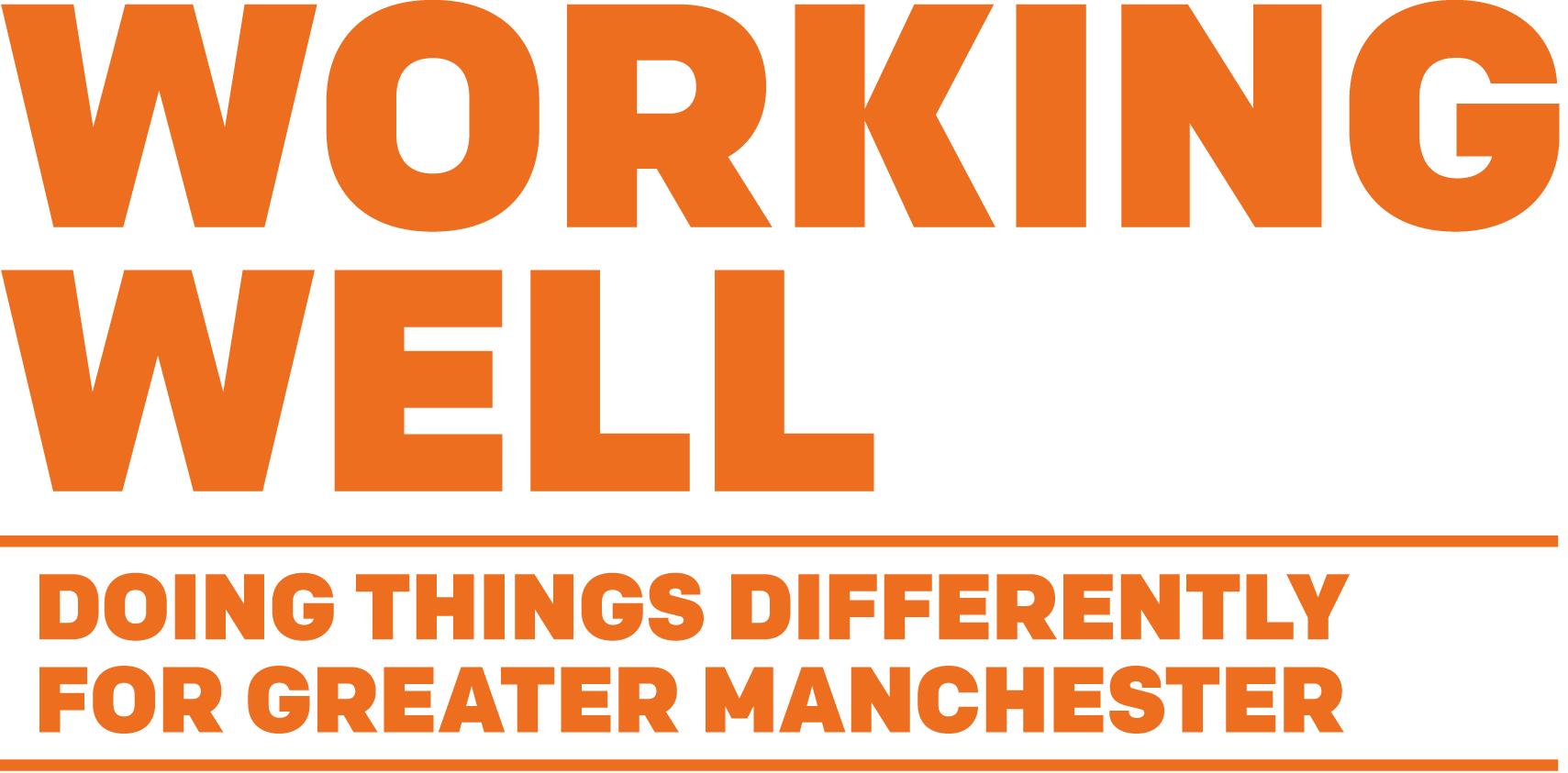.png?width=1709&height=843&ext=.png)
.png?width=1165&height=190&ext=.png)
